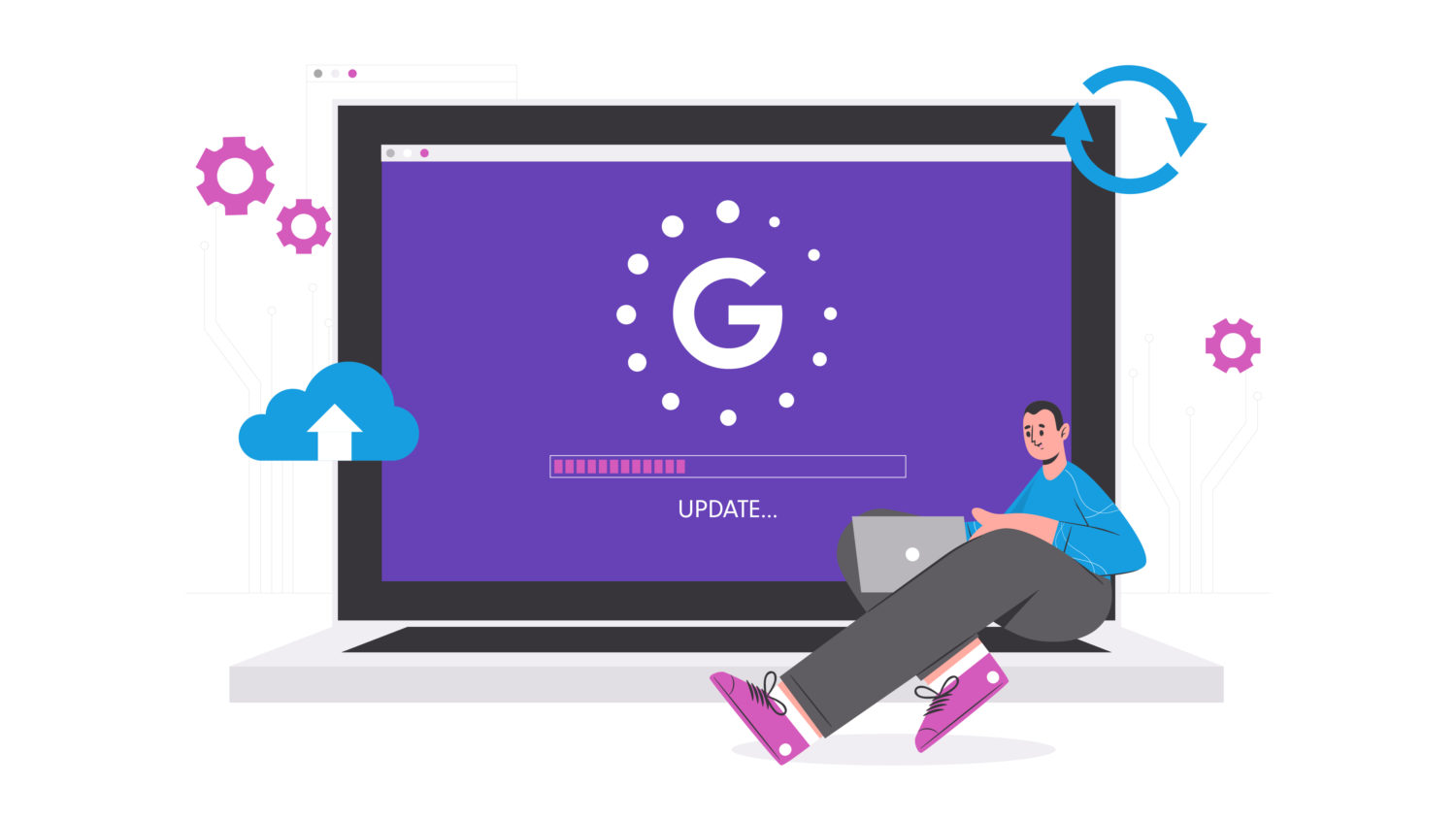How can we help?

Please get in touch using the form below.

Optimise your web pages ahead of Google’s next algorithm update.
5 minute read
Google’s new algorithm is due to be rolled out in May 2021 and has the potential to either positively or negatively impact your search rankings.
The latest update will put a more significant emphasis on page experience as part of Google’s ranking criteria. For the remainder of this piece, we’ll explore what this entails and what you can do to prepare.
Page experience refers to how users perceive a website and how positive or negative this interaction is. Google aims to encourage website owners to deliver positive user experiences by prioritising these in search results to make the web a more enjoyable space across all browsers and devices.
The page experience update takes into consideration five signals:
As part of this initiative, Google has launched ‘Web Vitals’, a benchmark you can use to determine how good a user experience is. These include:
You can also find a Core Vitals Report of your website within your Google Search Console panel under ‘Enhancements’, which will return a list of URLs that require improvement. Learn more about which tools you can use to measure Web Vitals.
Mobile-friendliness refers to how accessible your website is on mobile; this isn’t simply about being responsive but instead about optimising for mobile users, ensuring the experience is the same and not limited by device. Google Search Console also has a mobile usability report under the ‘Enhancements’ section.
Safe browsing means that your website is free of malware issues, harmful downloads and deceptive content such as phishing. Again, Google Search Console can give you a report on your site’s security issues under the ‘Security & Manual Actions’ section.
HTTPS ensures your website uses a secure connection; your URL should have https:// at the beginning. You can also quickly identify this via the padlock icon in the URL banner.
For this signal, you want to check that your website isn’t using intrusive pop-ups, which can create negative experiences. The use of intrusive interstitials makes web pages and content less accessible for users, especially via mobile.
The overarching aim of this update is to ensure that top-ranking websites are not delivering negative or painful experiences for users. Therefore, websites that deliver an optimal on-page experience for their users are likely to benefit from higher rankings than those that don’t.
This update to Google’s core algorithm means that you could be penalised in search results if your website delivers a poor page experience.
Not only could this dramatically reduce your organic visibility, but Google has also said they plan on introducing a visual indicator next to results to highlight those sites that meet all of their page experience criteria. They did something similar with Ads and AMP icons in the past. As a result, users will likely opt for the sites that meet Google’s specifications over those that don’t.
Your priorities over the coming weeks should be to assess your current site and determine where you can make improvements, focusing on:
We suggest kick-starting this project with a website audit. You can achieve this in-house using tools and expertise to determine which pages are ranking well and which aren’t. You’ll want to ensure those pages currently ranking well in Google do not drop when the new update rolls out due to poor page experience. So, check and optimise these first before moving onto the remaining pages, where you’ll need to focus on broader SEO tactics, not just page experience.
You can use tools such as:
You might also want to consider using surveys and on-site feedback to collate richer insights about how key stakeholder’s feel about your on-page experience. These stakeholders could include partners, customers and employees.
A web design agency will also be able to support you through the provision of expert advice, including a full evaluation of your current website’s design and technical functionality alongside in-depth user research and testing to ensure your pages resonate with users.
It’s also important to note that while page experience is a ranking factor, “great page experience doesn’t override having great page content”, so be sure to give this the right amount of attention and invest in creating relevant and user-friendly content.
Overall, here are your top areas to focus on when it comes to page experience:
We hope you found this content useful. To stay up to date with our latest insights, register for our weekly newsletter.


Our friendly team of designers, developers and digital specialists are ready and waiting to help with your website project.